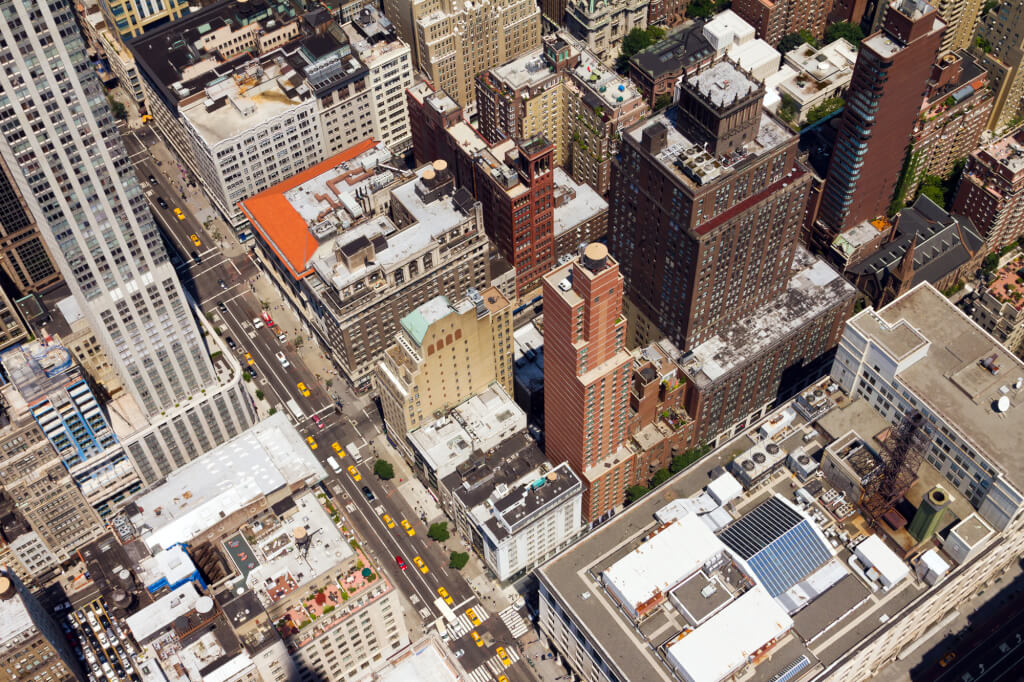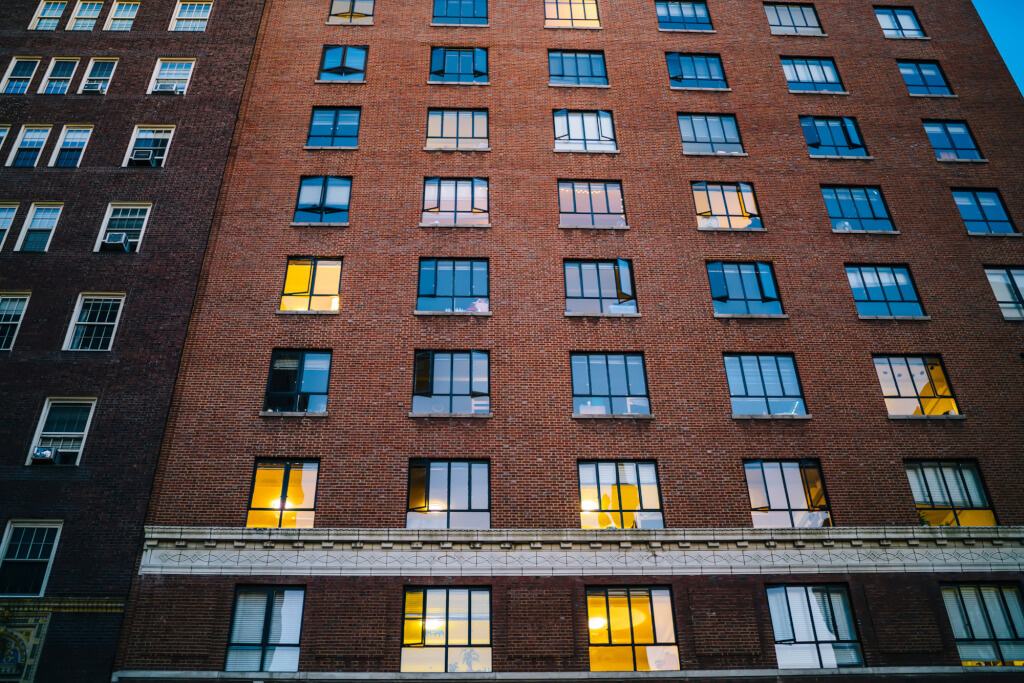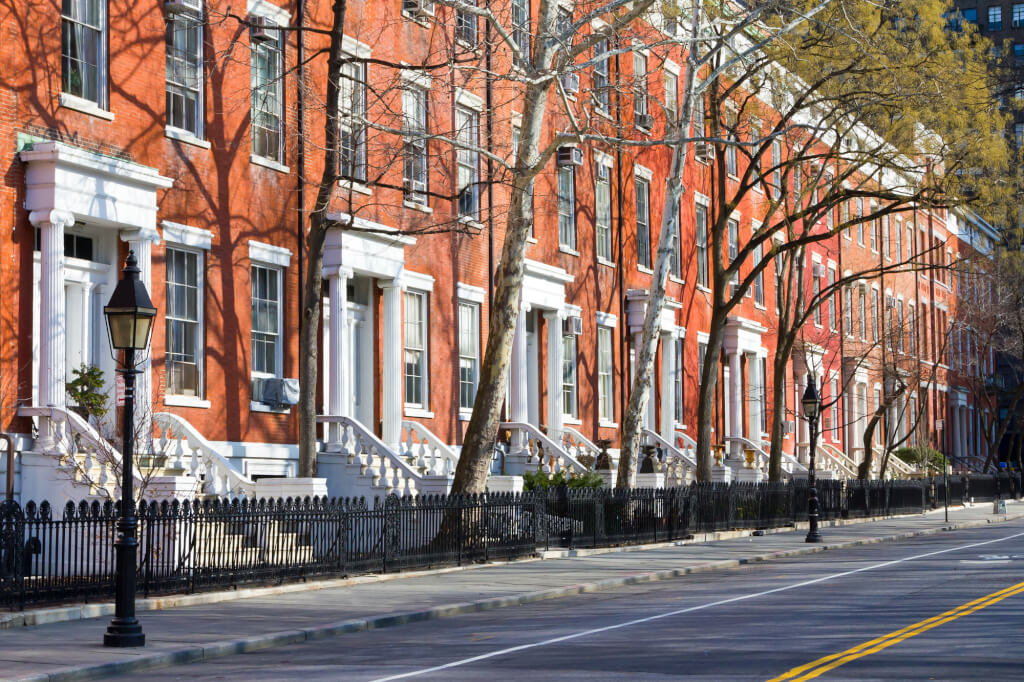New York Housing Guide: Control vs Stabilization of Rent
'08.01.2020'
Source: ny.curbed.com
New York is an extremely expensive city for tenants. However, there are laws guaranteeing that the tenant will not be left to their own devices, and about 1 million apartments in the city are under such protection. This publication writes Surbed.

Stabilization of rents is by far the most commonly used protection. Although in some parts of the city there are still apartments with rental control, which are in great demand.
Such laws, however, apply only to certain buildings or certain apartments and often have loopholes that apartment owners can quickly take advantage of. True, the laws have changed over time, and the most recent updates have brought radical protection measures favorable to tenants in the city. At the same time, homeowners and property owners claim that this will destabilize the rental market in the city.
To put it simply, the New York rental market is complex, but it has rent-regulated apartments. In this post, you'll find everything you need to know about the differences between rent-regulated and rent-stabilized apartments and your chances of renting each one.
Apartments with rental control
These apartments can be considered a golden ticket to the real estate world of New York. The control over the rent occurs when the tenant continuously lives in his apartment from July 1, 1971 in a building built before 1947. This guarantees tenants a slight increase in prices over the years, so they essentially pay rents in the 1970s in areas that have long risen in real estate prices. (Although a 2019 HPD study shows that the median gross rent for apartment-controlled rents is around $ 1039).

But that won't last forever: when a rent-controlled apartment becomes empty, it either stabilizes or - if it's in a building with fewer than six apartments - is removed from regulation altogether.
This means that the total number of controlled housing has decreased as part of the housing stabilized or deregulated. That is: in the 1950s, two million apartments in the city were controlled by rent; Now this figure is about 22000 (according to a 2019 survey conducted by the Housing Management Board), or only about 1% of New York’s total housing stock.
Tenants who control rents may also be subject to annual increases in rents. Apartments under rental control are subject to the “maximum base rental” system. Simply put, there is a maximum amount that a landlord can charge a tenant, and he can increase the maximum rent that a tenant currently pays until the price reaches the maximum limit.
The maximum base rent may increase every two years. This means that rents in these apartments can skyrocket if homeowners decide to do so.
Under the new rental laws, the maximum collection rent will now be limited to the five-year average of the last rental increase.
How to get an apartment with a controlled rent?
There is such a chance if you have a relative who occupies such an apartment, and you live there. In the event of the death or relocation of the tenant, some family members (including non-traditional family members, for example, unmarried couples) living in the apartment are entitled, under certain conditions, to take the rent for the apartment.

Otherwise, it is almost impossible. Roommates who are not in a family relationship with the main tenant do not have the right to inherit, as are tenants or family members who do not live in the apartment.
Rental of stabilized apartments
This helps stabilize rents, a much more common way for New Yorkers to ensure that rents are below market. While only about 1% of rental units in New York are controlled, about 50% of the units in the city are stabilized. Rental stabilization is usually applied to apartments in buildings with six or more apartments built before 1974.
The landlord can increase the rent for such an apartment only by 1%, determined by the Council for the management of rental housing. Unlike other available programs, the fee does not depend on the level of your income, the size of the apartment, the number of people living in it, or any other factors based on needs.
On the subject: The best sites for finding apartments in New York without the help of a broker
In the past, the biggest changes in rents in these apartments were influenced by how often the apartment was remodeled in the past, what repairs the landlord carried out. However, new rental laws passed earlier this summer will significantly reduce this: the landlord’s ability to increase rents based on either individual apartment improvements (IAI) or major capital improvements (MCI) has been significantly reduced.
Other rules will also make it difficult for landlords to bring rental-stabilized units to market rates. So, until recently, stabilized apartments could be deregulated if the rent exceeded $ 2700, and the tenant was leaving. Thanks to state-owned rental reforms this year, this practice has been abolished, as has the landlord’s ability to increase rents for stabilized apartments by 20%.
How to get a stable rent for an apartment?
It is not as difficult as it may seem. Here is the detailed list of buildings with stabilized rent in every area.
There is an easier way to check if the building is stable. If you believe that you are moving to a rent-stabilized apartment, the landlord must include the tenant of such housing in all new lease and renewal agreements, informing the tenants of their legal rights. Quite often, homeowners do not offer such details to potential tenants and charge unsuspecting tenants a fee in excess of what may be required by law. Therefore, the tenant must conduct its research on stabilizing rents and then discuss this with their future landlord before signing a lease.
Preferential rent
Rent Stabilization sets the maximum legal rent for each apartment - as we mentioned earlier, this number is based on each apartment's unique history. Preferential rentals, on the other hand, are known as rent charged by a tenant with a stabilized rental rate that is lower than the legal rent.

Although in theory this sounds good, in practice it can lead to trouble for tenants. As stated in the ProPublica report for 2017, "the increase in preferential rents does not depend on the limits set by the city that regulate other apartments stabilized by rents." Landlords can cancel preferential rates and increase rent to a legal maximum whenever the lease is extended. This can lead to hundreds or even thousands of dollars spent by the tenant.
The Albany rental reform earlier this summer will narrow the landlord's ability to make such increases; Under new legislation, the tenant should be offered preferential rent during renewal, and not an unexpected sharp increase in price. This gives landlords the right to charge the maximum legal stabilized rent only when the tenant leaves the apartment.
The main thing that the Metropolitan Council on Housing recommends to tenants with preferential rents is to explore their rights and opportunities as soon as possible.







